
Buying the best second hand car can be a tricky process to navigate because no two used cars are the same. Each vehicle has its unique history, which can either work in your favor or become your biggest nightmare. So, when you are going to get the most reliable used cars for a good deal, you should be aware of the useful tips and steps I’ll provide below.
First, you should search for the best SUV to buy on the websites to view ads for cars that are close to you and try to look into the car history. It is the most important tip to follow when looking for the best second-hand automobiles. You should never purchase a car without first verifying a history report. You might have heard from people who ended up buying a used car and later regretting it. There are auto body shops that are professionals at making a car look good. It can happen to anybody. If the VIN isn’t listed and the seller won’t give it to you for some reason, then move on to the next car. They are most likely trying to hide something.
Searching for a pre-owned vehicle used to mean cruising shopping center parking lots, bargaining with dealers, and visiting car lot after car lot. Fortunately, things have changed.
Today, you can find nearly every used car that is for sale somewhere on the internet. Many online platforms show almost a million vehicles available at dealerships across the world. You can narrow the search to your area and the specific model of the car you’re looking for.

The first step in evaluating the best second hand car is getting a vehicle history report. You don’t want to travel all over town, looking at cars that aren’t worthy of your attention. A vehicle history report from a company such as Carfax or Autocheck can tell you if an automobile is worth pursuing.
For this, you will need to demand the car’s Vehicle Identification Number (VIN) or license plate number from the seller before you can run the report. You can often get the license plate number from ad photos.
What’s in a vehicle history report? Though they’re not perfect, a vehicle history report can tell you whether they are the most reliable used cars to buy or whether it’s time to move on to your next option.
According to Carfax, people unknowingly buying cars with rolled-back odometers can lose approximately $4,000 in value. This amount doesn’t include unexpected maintenance costs. Therefore, it is essential to double-check the vehicle history reports and verify its real mileage.
Accidents: While it may not show very recent collisions, a vehicle history will include information about major reported accidents a car has been in. It uses data from state DMVs, insurance companies, police agencies, and other sources. In some cases, information as detailed as airbag deployment and structural damage will be noted.
Flood, Fire, or Other Damage: A vehicle history report will also indicate other damage, such as water damage from a flood, fire damage, or damage from a hailstorm. The first two should disqualify a vehicle from your consideration due to the high potential of hidden damage.
Title Status: Information about a car’s title can give you more insight into its history than any other single item on a Carfax or Autocheck vehicle history report. If you see a “branded” title or one that has been moved to the USA from state to state, it’s a huge red flag, and you should probably delete the car from your shopping list. Common title brands include salvage, junk, or rebuilt vehicles declared a total loss by an insurance company. Others include police use, taxi use, hail damage, flood damage, and lemon law buyback. If you decide to purchase a vehicle with a branded title, you should demand a massive price reduction and let your pre-purchase inspection mechanic know about its history.
Ownership: Sellers love to advertise cars as “one-owner” because they’re more valuable than those owned by multiple owners. The vehicle history report will show you whether that’s true in its history section.
Odometer Readings: When you renew your car’s registration or get a state-mandated inspection, most states require the car’s mileage to be recorded. Those numbers are shown in a vehicle history report and should match what you see on the car’s odometer. If the car’s odometer shows a lower mileage than in the report, you should ask the seller for a documented explanation or walk away from the deal.
The best mileage for a used car is up to 12,000 miles per year. Such vehicles are more reliable and have the potential to last longer than other autos. When you search for the best second hand car to buy, it should be under 110,000 miles. However, there are many factors that you have to consider while determining the lifetime of a car. We should also note that some automobiles cannot even last more than 100,000 miles. It is essential to do in-depth research before you decide to consider any offers.
In the United States, the average car travels approximately 12,000 miles annually. The second recommendation is to look for reviews online related to the longevity of that car. I would not suggest relying solely on the statistics that manufacturers state on the official websites. This information will be enough to estimate the life expectancy of the car in terms of mileage. Divide this number by the average yearly mileage, and you will get an approximate number of years. For more precise results, you can take into account your driving habits or usage data from past experience.
Don’t expect to get the precise assumptions. Whether the previous owner took good care of the car or not will highly impact these presumptions. There is always a risk when you buy a second-hand car. When private sellers or dealers sell their second hand cars they try mileage data to look attractive.
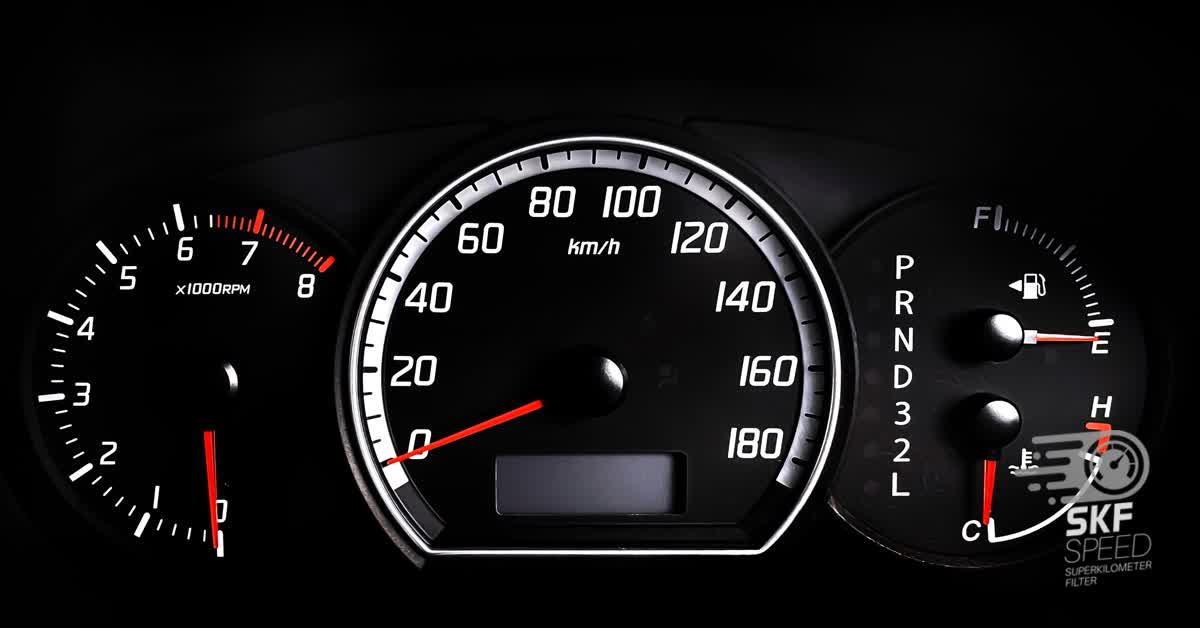
Odometer fraud is quite widespread these days and it’s rather easy to deceive customers. People sell cars with mileage discrepancies quite frequently. They might utilize the best odometer correction tools out there, making it harder to detect fraud.
Nowadays, people use the mileage correction device or the kilometer stopper. The mileage correction tool can alter the driven distance completely. It enables users to dial any number they want. Even though it can make dramatic changes, it doesn’t access the vehicle’s internal computers. In other words, the odometer correction tool can’t erase the mileage from control units.
The kilometer stopper, on the other hand, prevents your car from counting miles as you drive. Even though it was designed for testing, people still use it for mileage correction. The reason is simple – this module offers superior performance compared to the odometer rollback tool. It accesses control units and hinders the process of counting additional mileage, i.e., it offers untraceable performance. That’s the main reason why people consider it to be the best odometer correction tool. The module manufacturers provide you with guaranteed installation and technical support.
Thus, we have provided several tips and the best ways to buy the best second hand car. That mileage is still on the top of a used car checklist, and you should verify the accuracy of the displayed numbers. Make sure the odometer wasn’t rollbacked or manipulated. If the odometer data looks perfect, check the condition of the overall vehicle. As a rule, you will find the best option if you look at the whole picture, not just parts of it.
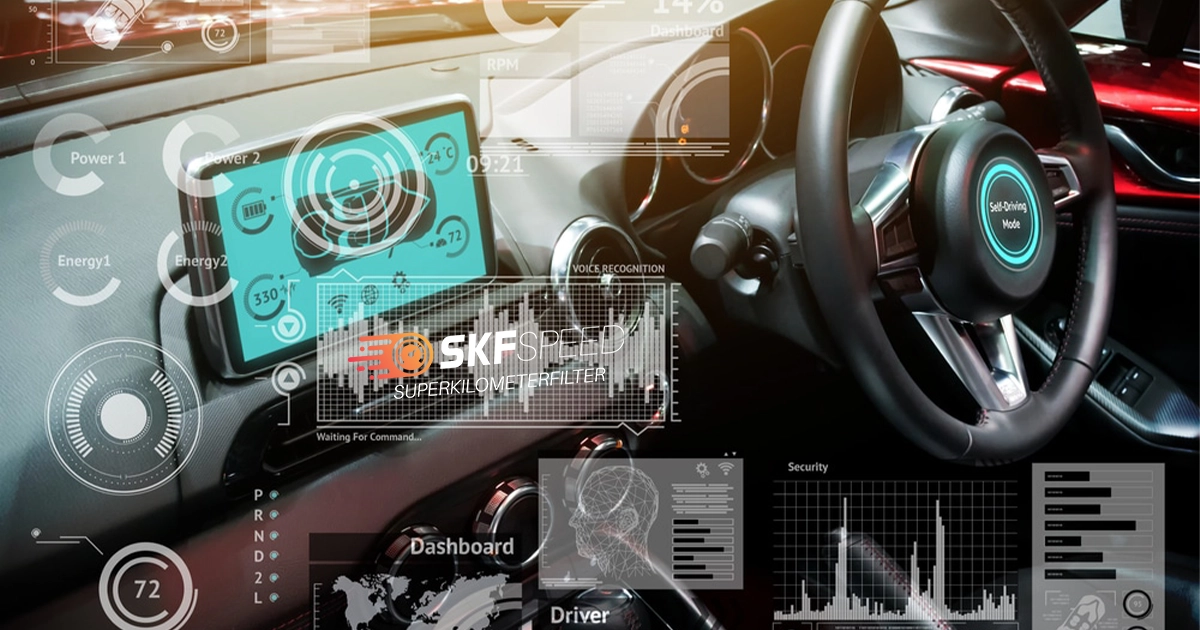
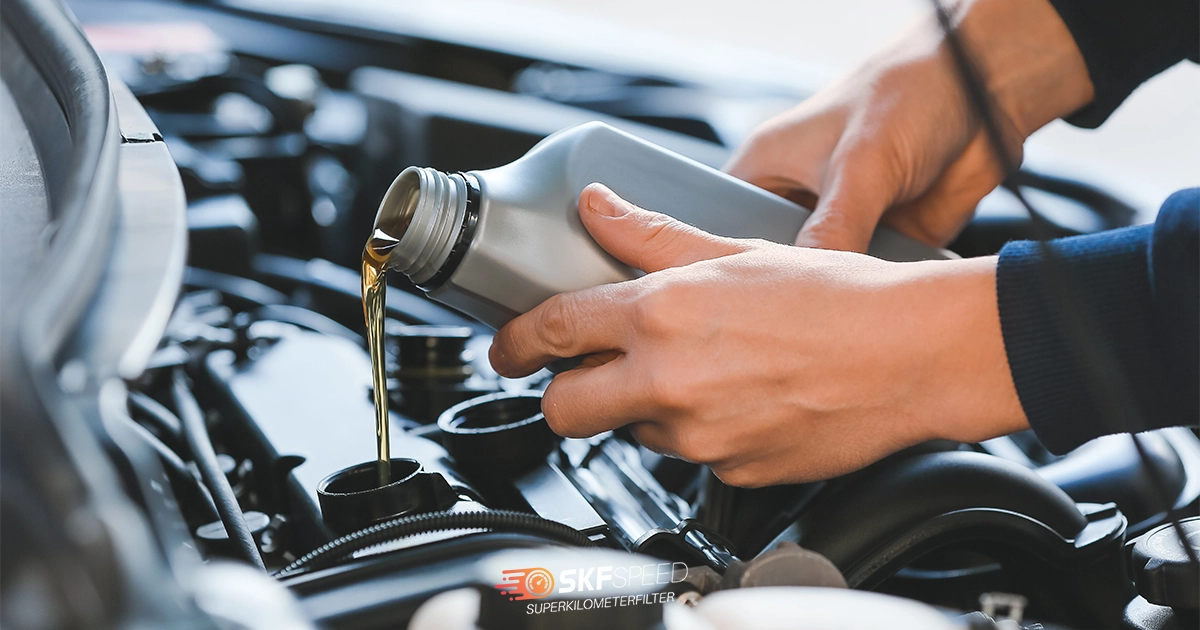
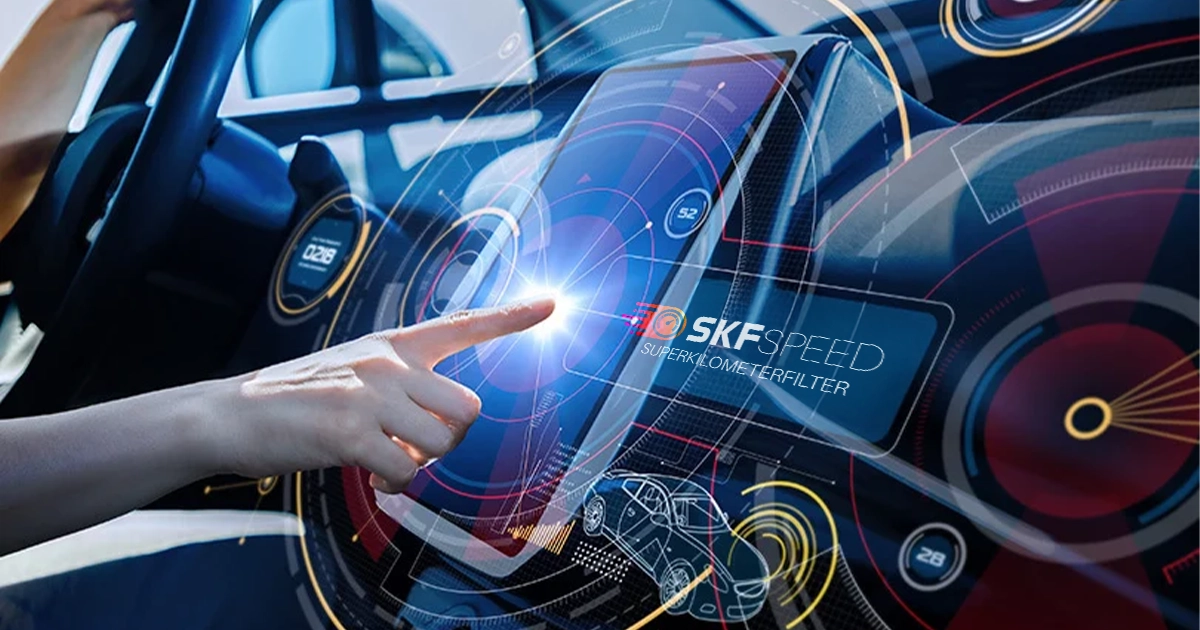
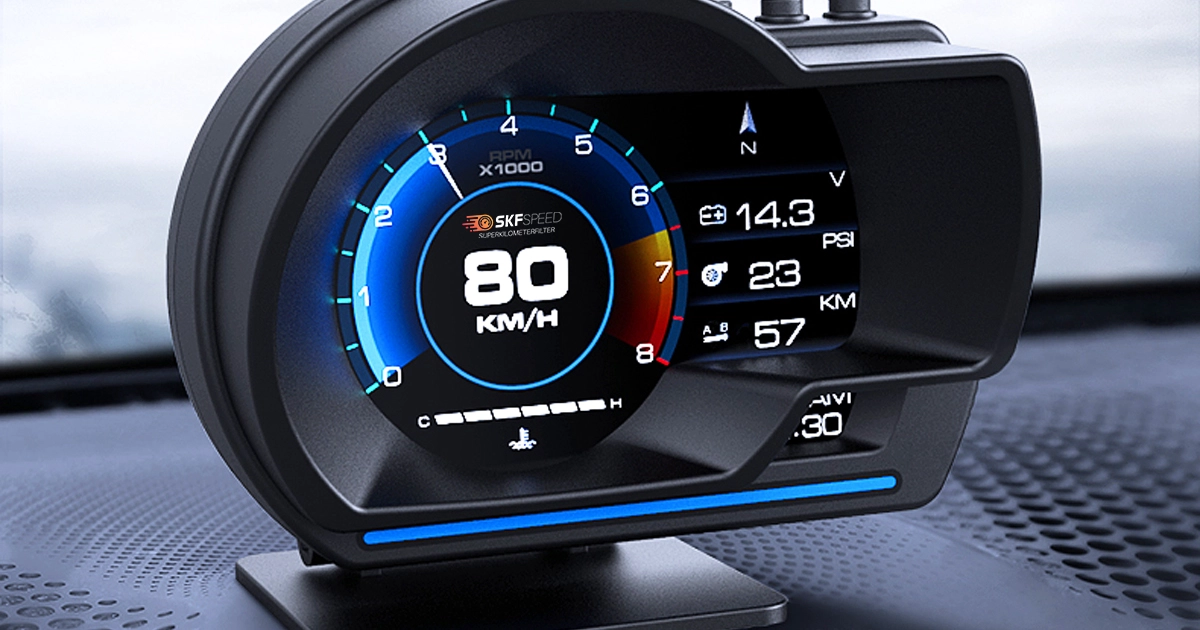

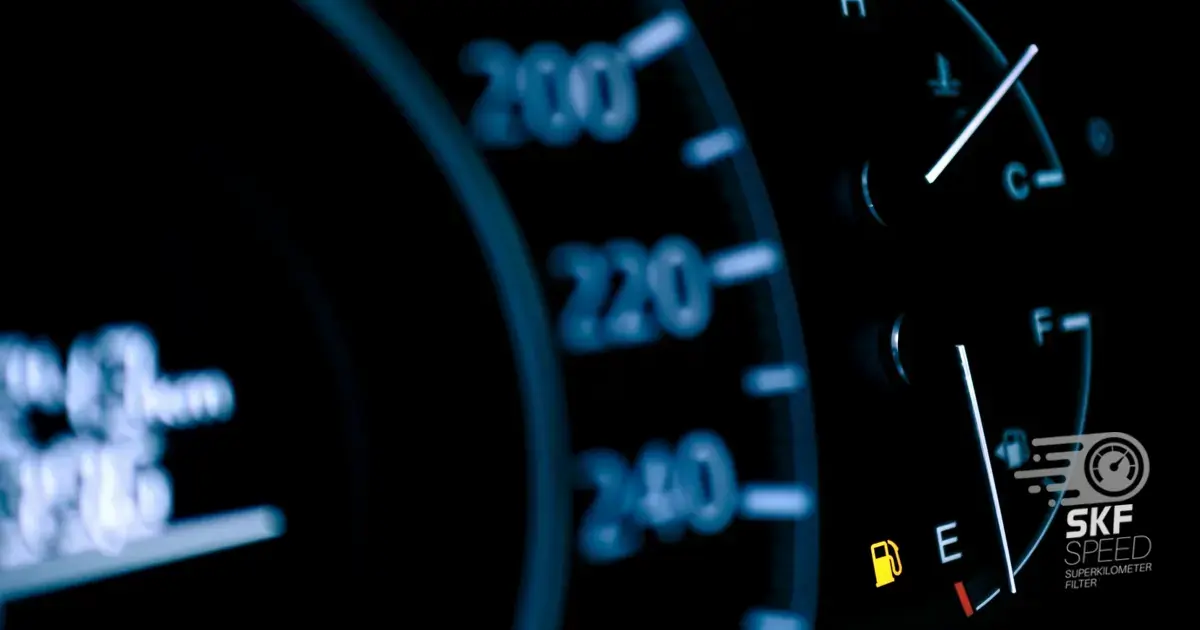

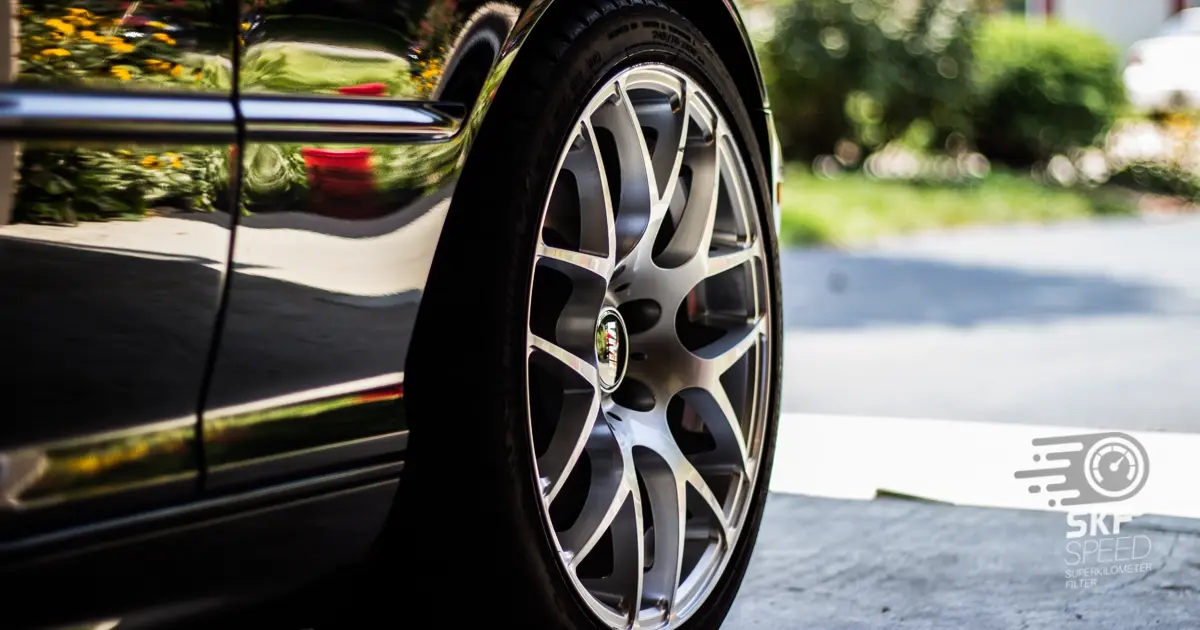
Here you will find all the details about our company
Here you will find shipping and return related information
Here you will find information on all technical questions
Here you will find helpful information about installation